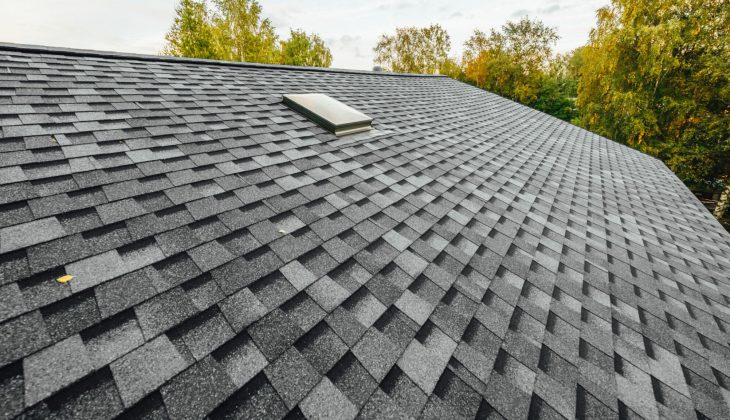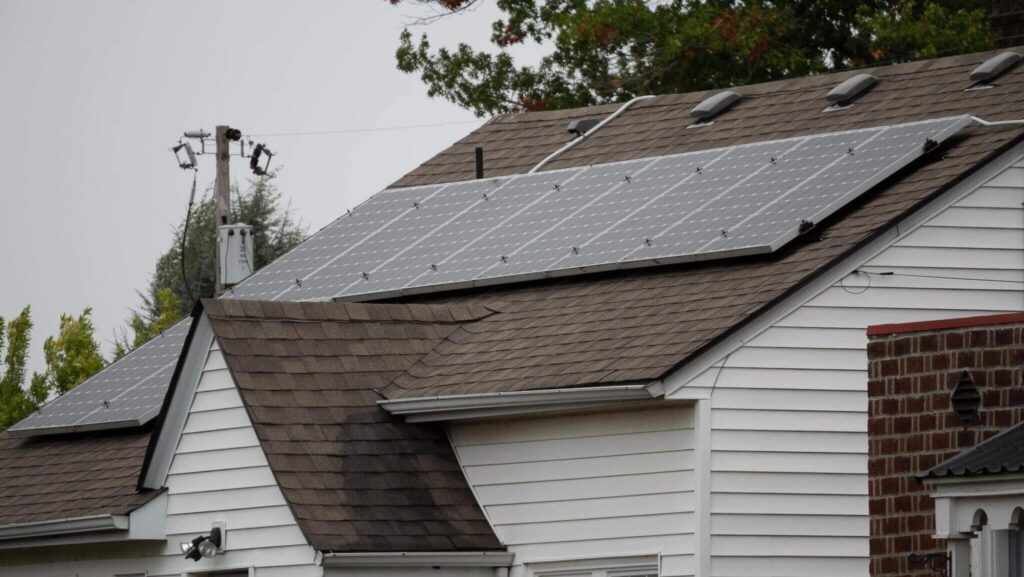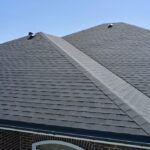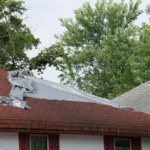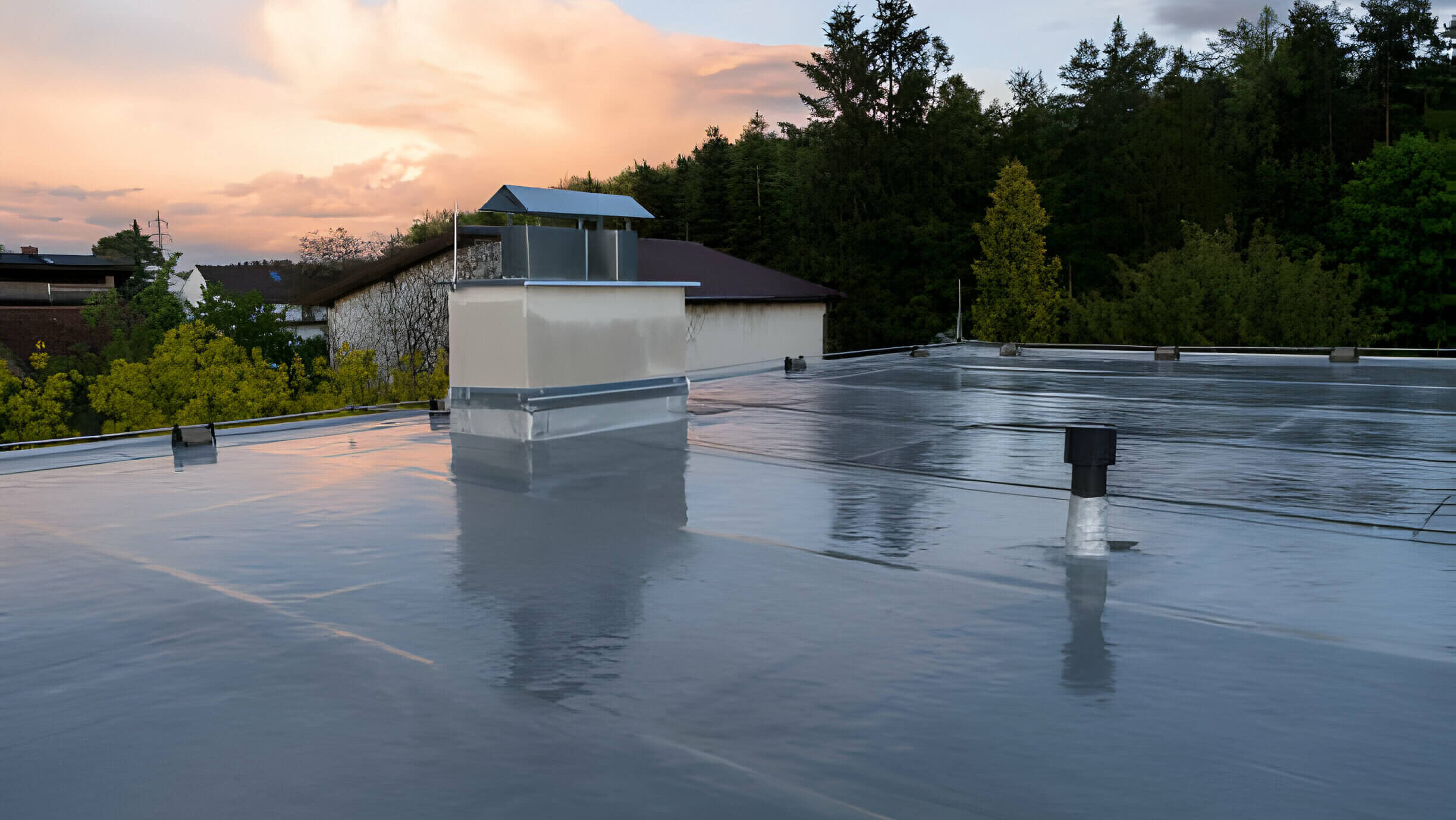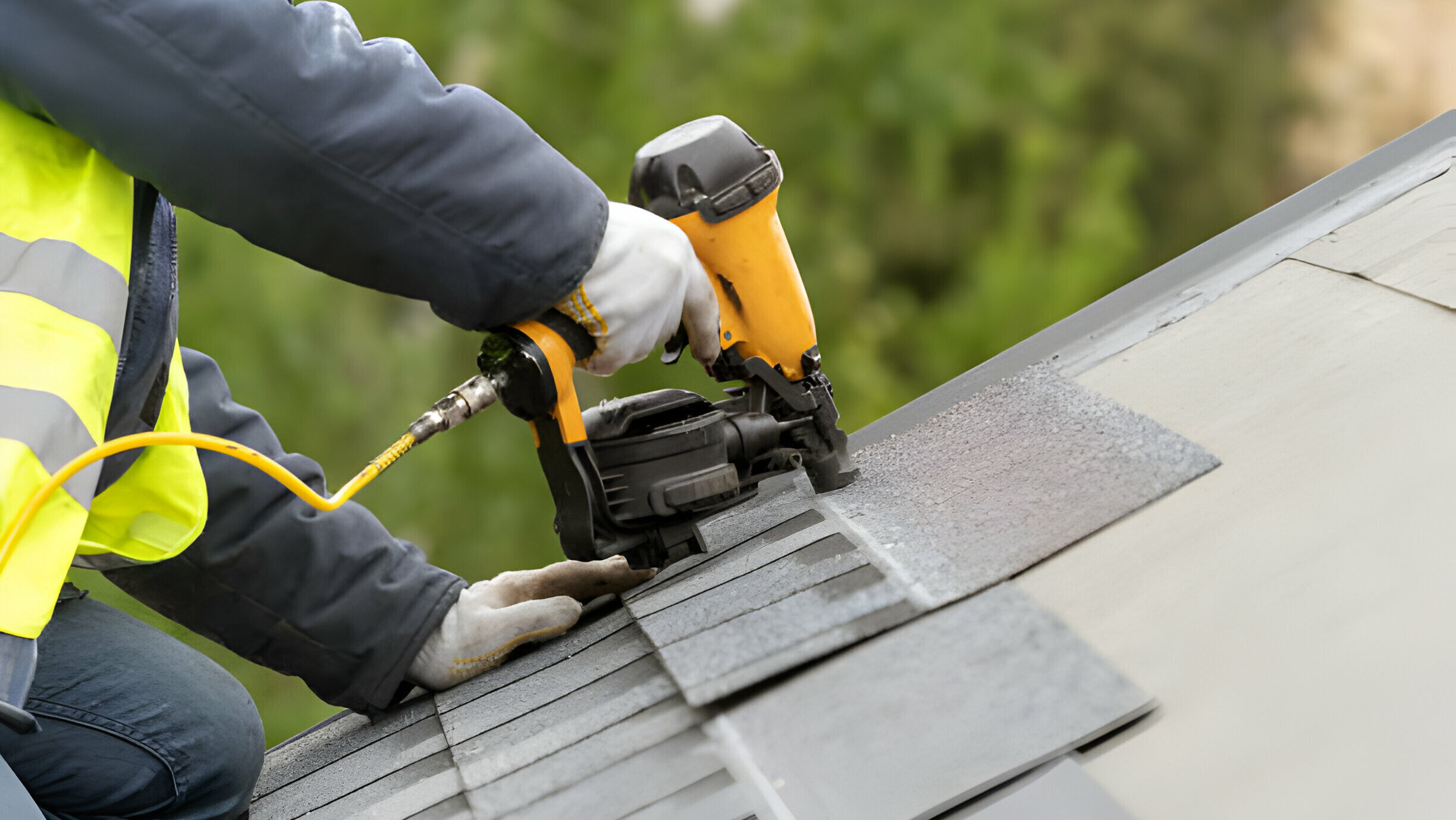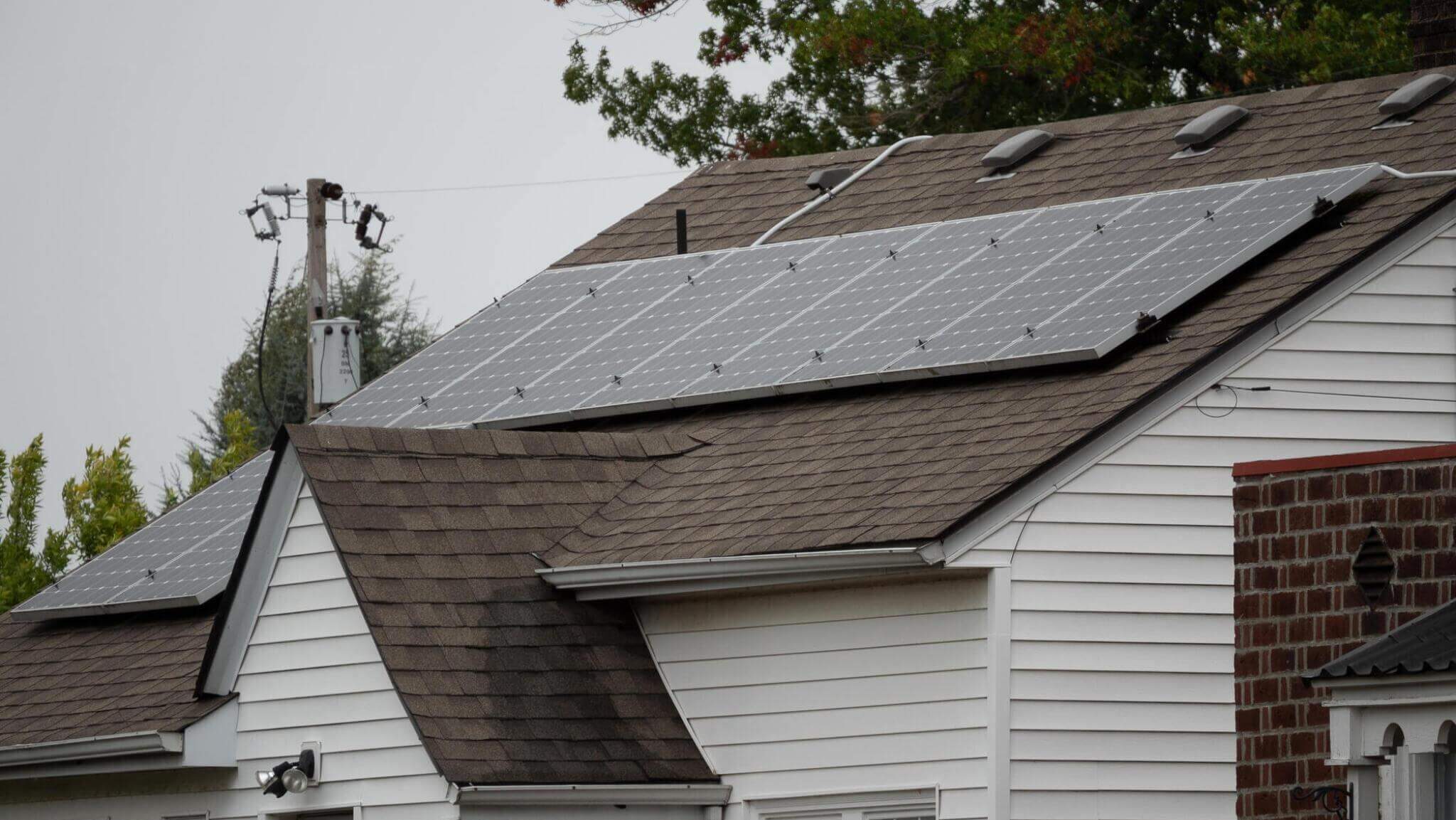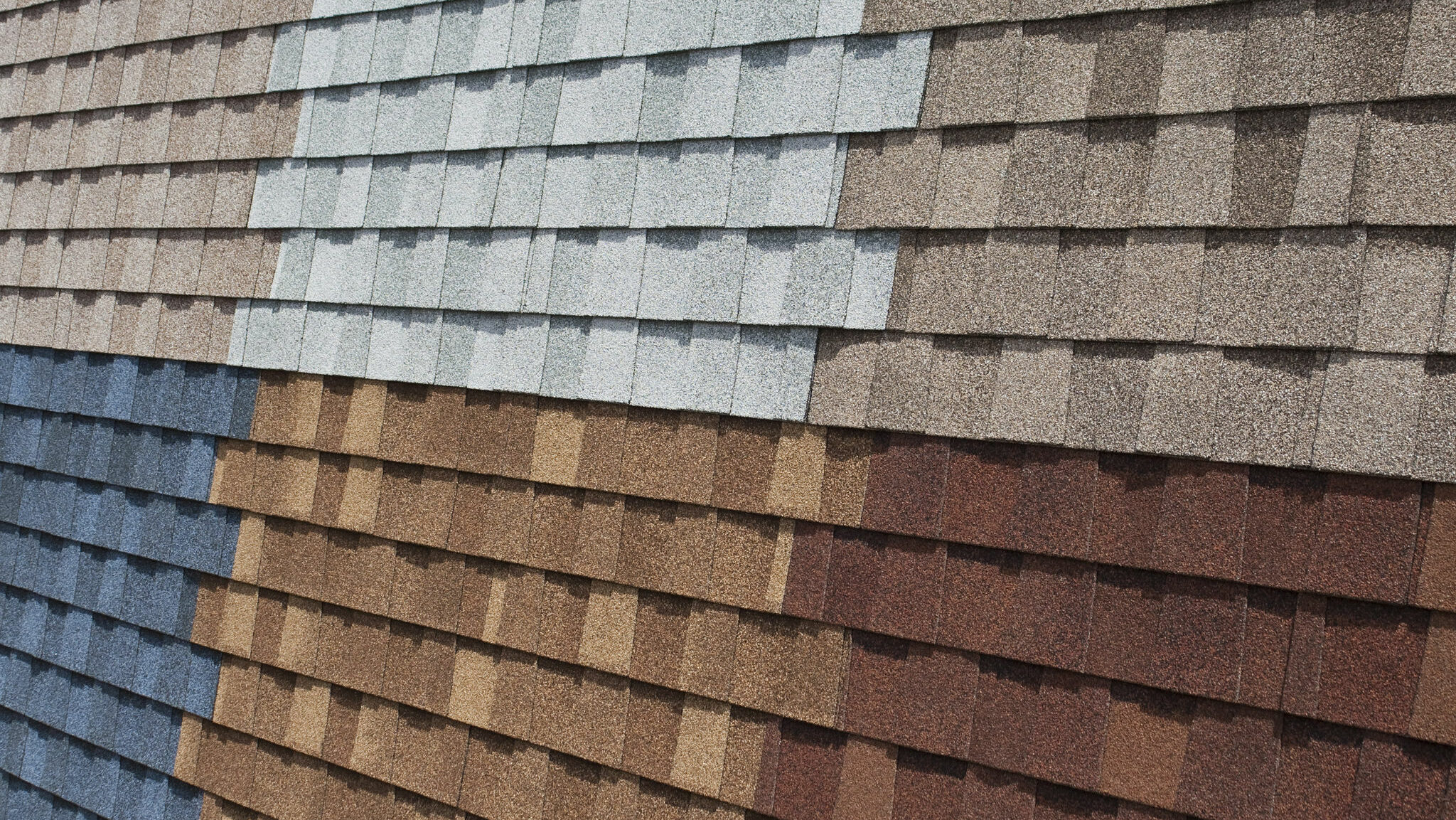Are you exploring roofing options and wondering about composition shingle roofs? This type of roofing is common and has many advantages.
Table of Contents
ToggleComposition shingle roofs are crafted from various materials, mainly fiberglass, asphalt, and granules. These components come together to form durable, weather-resistant shingles.
Understanding a composition shingle roof can help you make an informed decision for your home. They are known for their longevity and versatility, suiting various architectural styles.
Likewise, they offer a balance of affordability and durability, making them a popular choice among homeowners.
What is a Composition Roof?
Composite roofing, commonly known as composition roofing, combines various materials to compose sturdy shingles or tiles. Mostly, these are asphalt shingles.
The roofing sector and insurance firms typically use “composition roofing” to describe these asphalt-based shingles. This roofing choice stands out for its durability, offering a reliable covering for homes.
It has the following layers:
- Roof Decking: Your roof’s foundational layer.
- Drip Edge: Metal flashing that diverts water from edges.
- Ice and Water Shield: Waterproof barrier against ice and water.
- Roof Underlayment: Felt or synthetic layer between decking and shingles.
- Starter Shingles: Initial row under the first shingles for extra protection.
- Roof Flashing: Thin metal directing water away from critical areas.
- Ridge Capping: Trim at the top where two roof slopes meet.
- Roof Vents: Ensures proper ventilation in the attic and home.
Types of Composite Roof Shingles
In composite roofing materials, homeowners have three choices: 3-tab, architectural, and luxury shingles.
- 3-tab shingles, known for their uniform, flat appearance, feature three tabs per strip, offering a clean, classic look.
- Architectural shingles, also called dimensional or laminate shingles, bring a textured, multidimensional effect, bringing the aesthetic of wood or slate.
- Luxury shingles are the best ones, providing a premier appearance similar to shake or slate roofs.
How Much Does a Composition Roof Cost?
When it comes to the expense of installing a composition roof, an important aspect to consider on your roofing materials checklist, prices typically flow around $4 to $8 per square foot.
However, they can start as low as $1 and peak at $15 per square foot. This cost fluctuation is affected by factors like the quality of materials (shingles or tiles), roof size and its design complexities (like pitch and slope), and how easy it is to access the roof.
How Long Does a Composition Roof Last?
When it comes to composition roofing installation, the durability of your roof depends on the type of shingle you select, just as choosing what type of roof is best for a flat roof involves selecting materials suited for different wear and exposure.
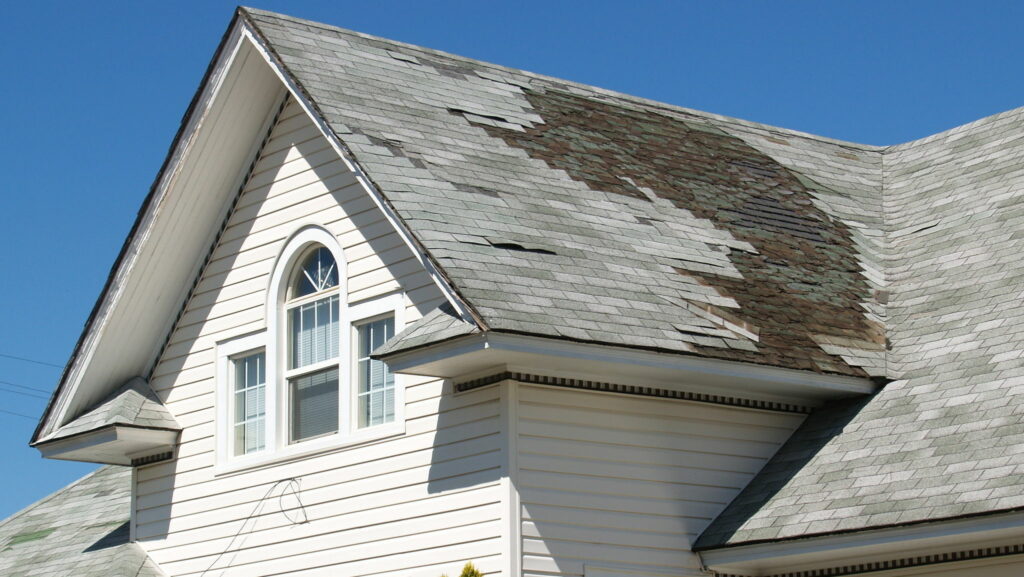
Standard 3-tab shingles offer a decent lifespan, typically around 25 years. However, architectural or luxury shingles are your go-to if you are aiming for longevity.
These sturdier options can last about 30 years, sometimes stretching up to 50 years, especially under ideal conditions.
Pros & Cons of Composition Roofing
The following are the advantages of composition roofing:
Pros of Composition Roofing
- Eco-Friendly Option
Eco-smart composite roof tiles are changing the game in environmentally friendly roofing. Made from recycled plastics and rubber, these tiles reuse materials and cut down on waste.
They are tough and long-lasting, meaning fewer end up in landfills. Also, they are excellent insulators.
- Looks Like Slate and Cedar Shake
Homeowners often choose composite shingles for their roofs because of their stunning appearance. These shingles are prepared to mock the classic look of slate or cedar shake roofs.
This attention to detail ensures their genuine appearance, making them a popular choice among different types of asphalt roof shingles.
- Fire Resistance
Fireproof qualities in roofing materials differ based on the maker and the substances used. For example, synthetic shake roofs can reach a Class A fire rating, making them a top choice for various construction efforts, including restoring historic buildings.
While achieving this top level of fire resistance is only sometimes possible for some roofs, synthetic or composite roofs often come closer to this goal.
Cons of Composition Roofing
The following are the disadvantages of composition roofing:
- Newer to the Roofing Industry
When weighing the pros and cons of a composite roof, one minor downside is its relative novelty in the roofing market.
This newness means there is still a bit to learn about these shingles. This trend is something to consider when choosing the best roofing option.
In the “Standing Seam Vs Exposed Fastener” debate, understanding materials’ longevity and reliability is critical.
- Higher Upfront Costs
Composite slate shingles might feel heavier on the wallet compared to asphalt or architectural ones.
While they are more budget-friendly than their high-end cousins, clay tile and genuine slate offer a sneaky advantage. These sturdy roofs can stick around for ages, easing your financial worries.
What Is A Composition Shingle Roof FAQs
What does a composition roof look like?
A composition roof showcases a blend of materials like asphalt, fiberglass, and recycled paper. It mixes various styles, often resembling wood or slate, with a diverse range of colors and textures.
Are Composition Shingles And Asphalt Shingles The Same Thing?
Absolutely! Composition shingles are essentially asphalt shingles. They are made from a mix of materials, with asphalt playing a pivotal role, offering durability and versatility in roofing.
Can you paint a composition roof?
Indeed, you can! Painting composition roof shingles is a creative way to refresh your home’s appearance. This not only changes your roof’s color but can also add an extra layer of protection.
Conclusion
Composition shingle roofs are a smart choice for those looking for a cost-effective roofing solution. They stand out with their affordability compared to metal or cedar roofs.
Not only are they budget-friendly, but they also offer a variety of styles and colors, catering to diverse tastes. However, despite their apparent simplicity, involving a professional in installation is crucial. Opting for a certified contractor ensures your roof is installed with precision.

